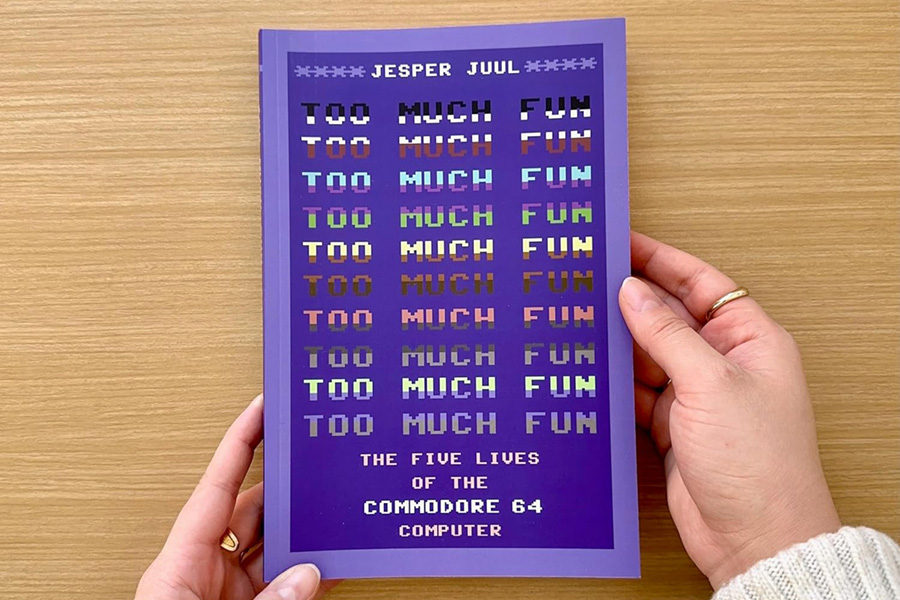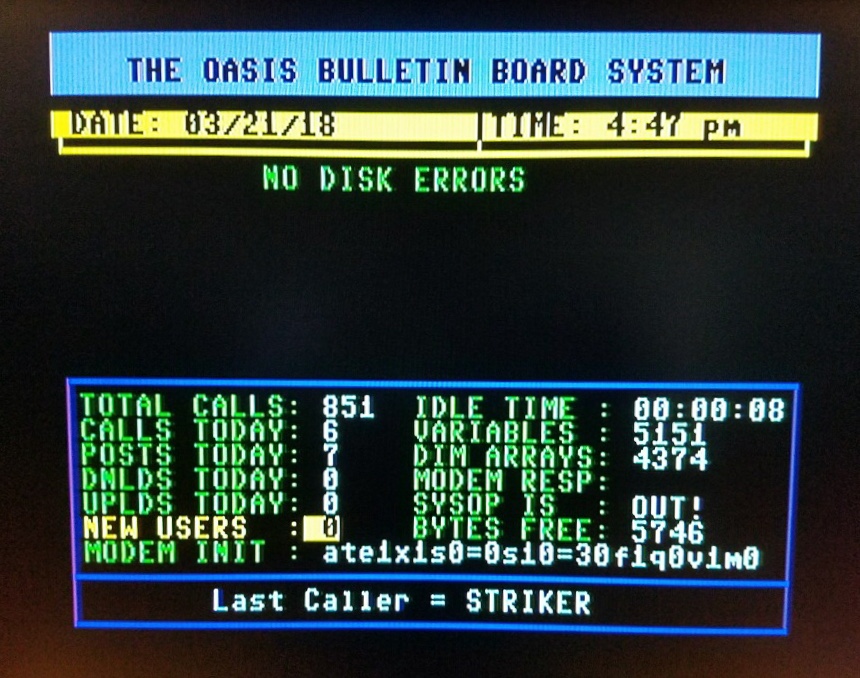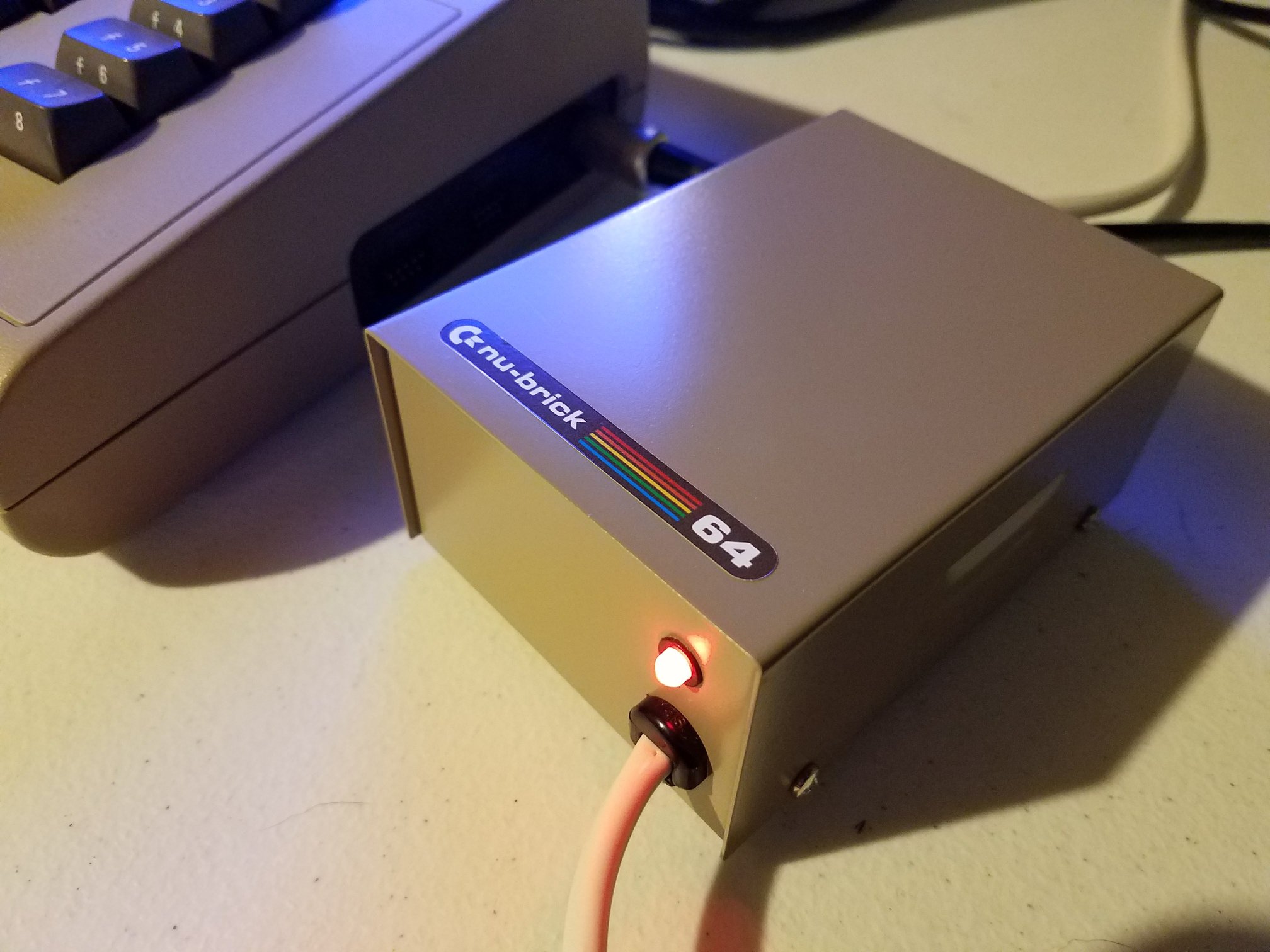The Commodore 64 holds the title of the best-selling desktop computer model of all time, according to The Guinness Book of World Records. From 1985 to 1993, more video games were developed for it than any other platform. Despite outselling rivals like the Apple II, ZX Spectrum, and even Commodore’s own Amiga, the C64 is often sidelined in mainstream computer history.
Jesper Juul’s book Too Much Fun takes a closer look at why. He argues that the C64’s success was tied to its adaptability. Over four decades, developers and users repeatedly redefined what it could be. It started as a serious home computer, then became a gaming powerhouse, a canvas for programmers pushing technical limits, a relic struggling to compete with modern systems, and finally, a retro classic embraced for its quirks.
The C64’s ability to evolve made it an outlier in computing history. It didn’t fit neatly into a single category. Instead, it thrived in multiple roles, from running spreadsheets to hosting graphical demos that seemed impossible for its hardware. Juul’s research bridges both U.S. and European perspectives, weaving together insights from Commodore engineers and exploring the games, music, and software that defined the machine—from Summer Games to International Karate to Simons’ BASIC.
Richly illustrated and deeply researched, Too Much Fun is the first comprehensive study of the C64’s design and legacy. It’s for those who grew up with the machine, those fascinated by the evolution of computing and video games, and anyone who wonders why some technology refuses to be forgotten.








